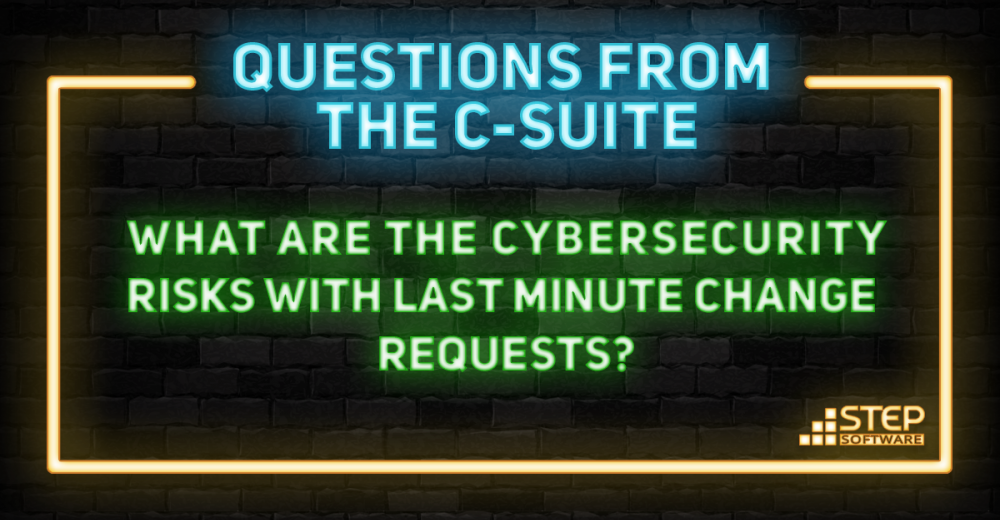
Blog
No fluff. No Jargon.
Just practical information to keep your business moving
Evolve Without Disruption
Book a 30-minute Consultation
BLOG
You are here:


14 November, 2025
2026 IT Budgets – Shiny Stuff vs. Boring Things
Budgeting during times of economic uncertainty is as much a sales activity as it is a financial one. Yes, is only certain when proposals include comp…

7 November, 2025
AI Buyers’ Remorse: Short Sighted Savings or Long-Term Staffing Burdens?
If you’re cutting juniors to “save” money and leaning on AI as a replacement, you might have bought a short-term headline while risking your talent p…

31 October, 2025
AI – Cybersecurity Glossary: 12 Terms IT Wish You Knew
Whether your company is an early adopter of AI or just beginning the exploratory process, staying up to date on terms that are the building blocks of…

24 October, 2025
Questions From the C-Suite: Shadow AI
Shadow AI is the invisible threat creeping across your business right now. It’s not malicious — it’s opportunistic. Workers will always seek tools th…

17 October, 2025
10 Cybersecurity Questions to Ask Your Software Vendor (Before You Sign Anything)
Cybersecurity isn’t just a technical checkbox, it’s a business survival issue. By asking the right questions up front, you’re protecting your softwar…

10 October, 2025
Document Like Your Code Depends on it!
Documentation isn’t glamorous or sexy or a task that fuels creative genius and it won’t get applause at the next all-hands. But it is the invisible s…

3 October, 2025
Series: Questions from the C-Suite
“Our CFO would like a change to a custom software project which is currently in UAT and has a hard deadline for PRODUCTION in the next 30 days. Our…

26 September, 2025
What the Fuzz?
From a business perspective, fuzz testing matters. It strengthens security, reduces costs, protects reputations and helps with Legacy System Migratio…

19 September, 2025
SDLC: Software’s Sheet Music
Regardless of which model is best suited for your project, they all carry similar base definitions: “frameworks for how software gets planned, built…